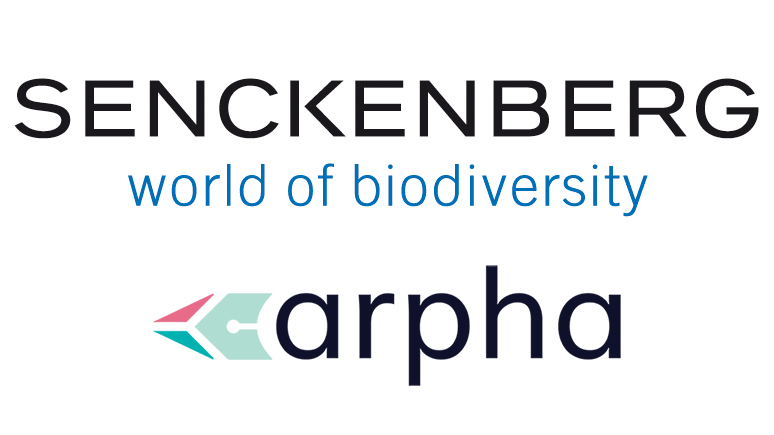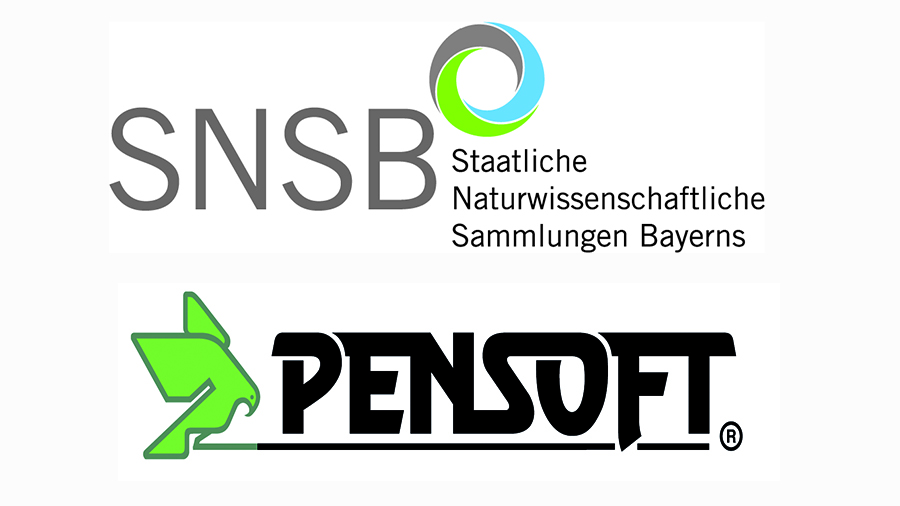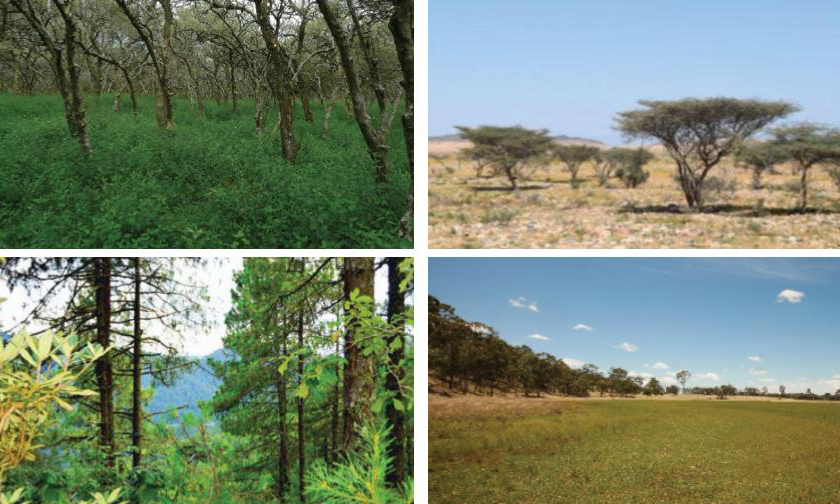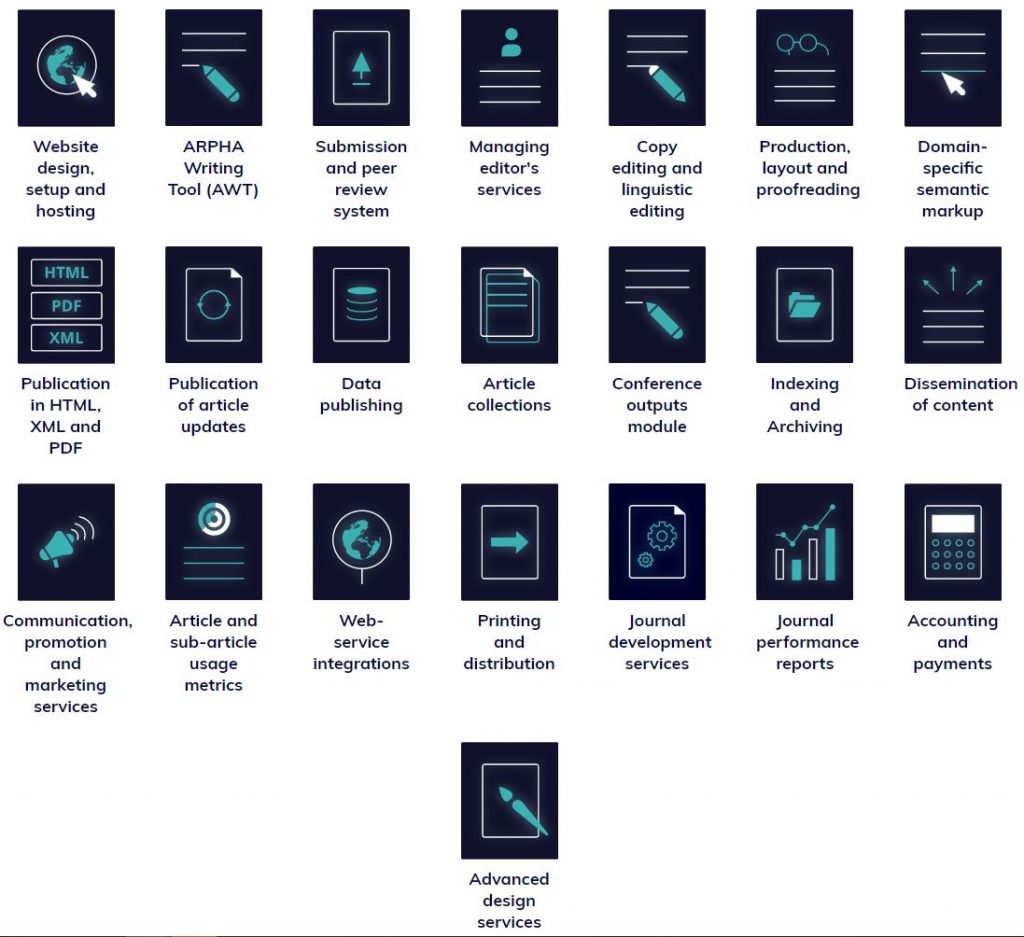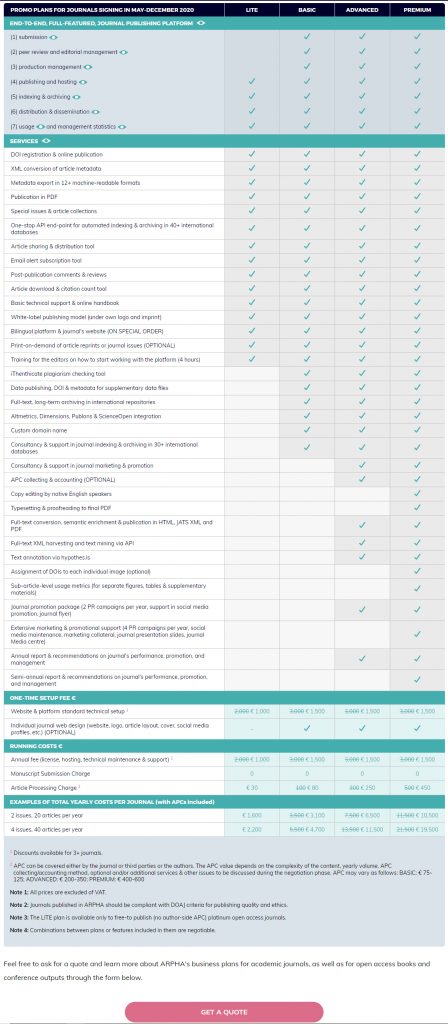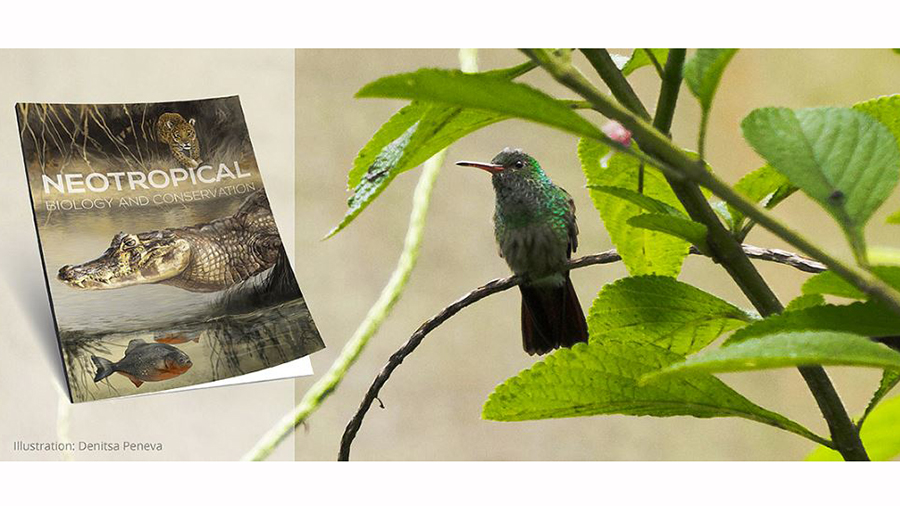Having decided to turn Tūhinga “into a 21st-century”, digital-native diamond open-access journal, the Museum of New Zealand Te Papa Tongarewa signed with scholarly publisher and technology provider Pensoft and its publishing platform ARPHA. As part of the agreement, not only is the journal to make its future content easy to read and discover by readers and computer algorithms, but will also do so for its legacy publications previously available solely in print.
Tūhinga: Records of the Museum of New Zealand Te Papa Tongarewa is the successor of the Museum of New Zealand Records, the National Museum of New Zealand Records, and the Dominion Museum Records in Ethnology. Together, the outlets have acquired a nearly two century-worth of scientific knowledge provided by the museum’s curators, collection managers, and research associates across disciplines, from archaeology to zoology.
The renovated Tūhinga is to utilise the whole package of signature services provided by the platform, including ARPHA’s fast-track, end-to-end publishing system, which benefits readers, authors, reviewers and editors alike.
This means that each submitted manuscript is to be carried through the review, editing, publication, dissemination and archiving stages without leaving the platform’s collaboration-centred online environment. The articles themselves are to be openly available in PDF, machine-readable JATS XML formats, and semantically enriched HTML for better reader experience. Thus, the journal’s articles will be as easy to discover, access, reuse and cite as possible. Once published, the content is to be indexed and archived instantaneously and its underlying data exported to relevant specialised databases. Simultaneously, a suite of various metrics is to be enabled to facilitate tracking the usage of articles and sub-article elements – like figures and tables – in real time.
The journal’s legacy content is to also become machine-discoverable and more user-friendly. Each of these papers will also be assigned with DOI and registered at CrossRef, while their metadata will be indexed at relevant databases. On the new journal website, they will be displayed as embedded PDF documents, while the reader will be able to do a full-text search of the article’s content.
Tūhinga welcomes original collections-based research in the natural sciences and humanities, including museological research, where its multidisciplinarity reflects the breadth and range of museum-based scholarship. The journal focuses primarily on New Zealand and the Pacific, but all contributions are considered. Having opted for a Diamond Open Access policy, the journal is to charge neither its readers, nor the authors.
“It’s a great honour to sign with the Museum of New Zealand Te Papa Tongarewa and provide our publishing services to Tūhinga. Particularly, we take pride in letting the whole wide world straight into the holdings of Te Papa and the knowledge they have prompted in the distant past: something that would not typically be possible had they remained only on paper,”
says Prof. Dr Lyubomir Penev, founder and CEO at ARPHA and Pensoft.


